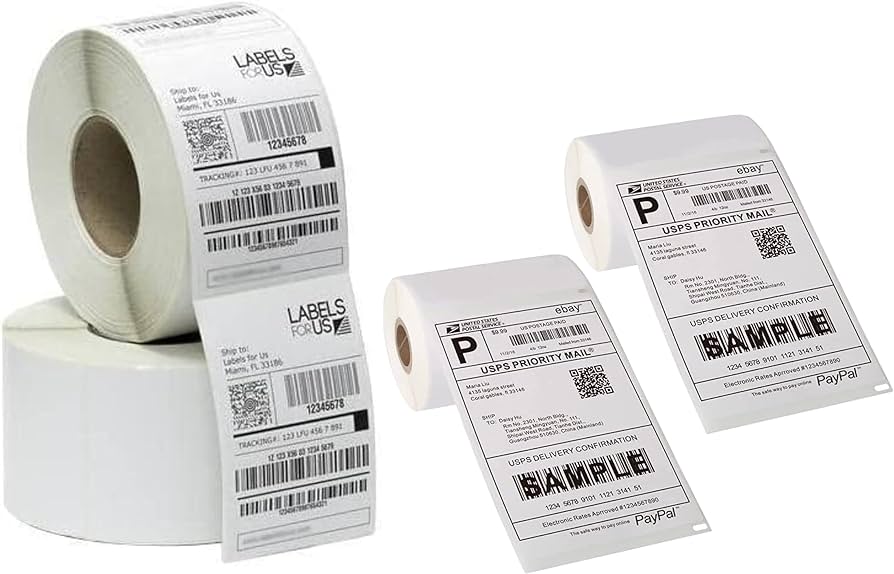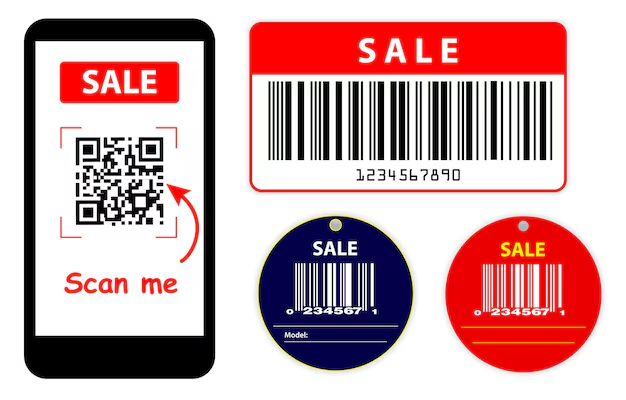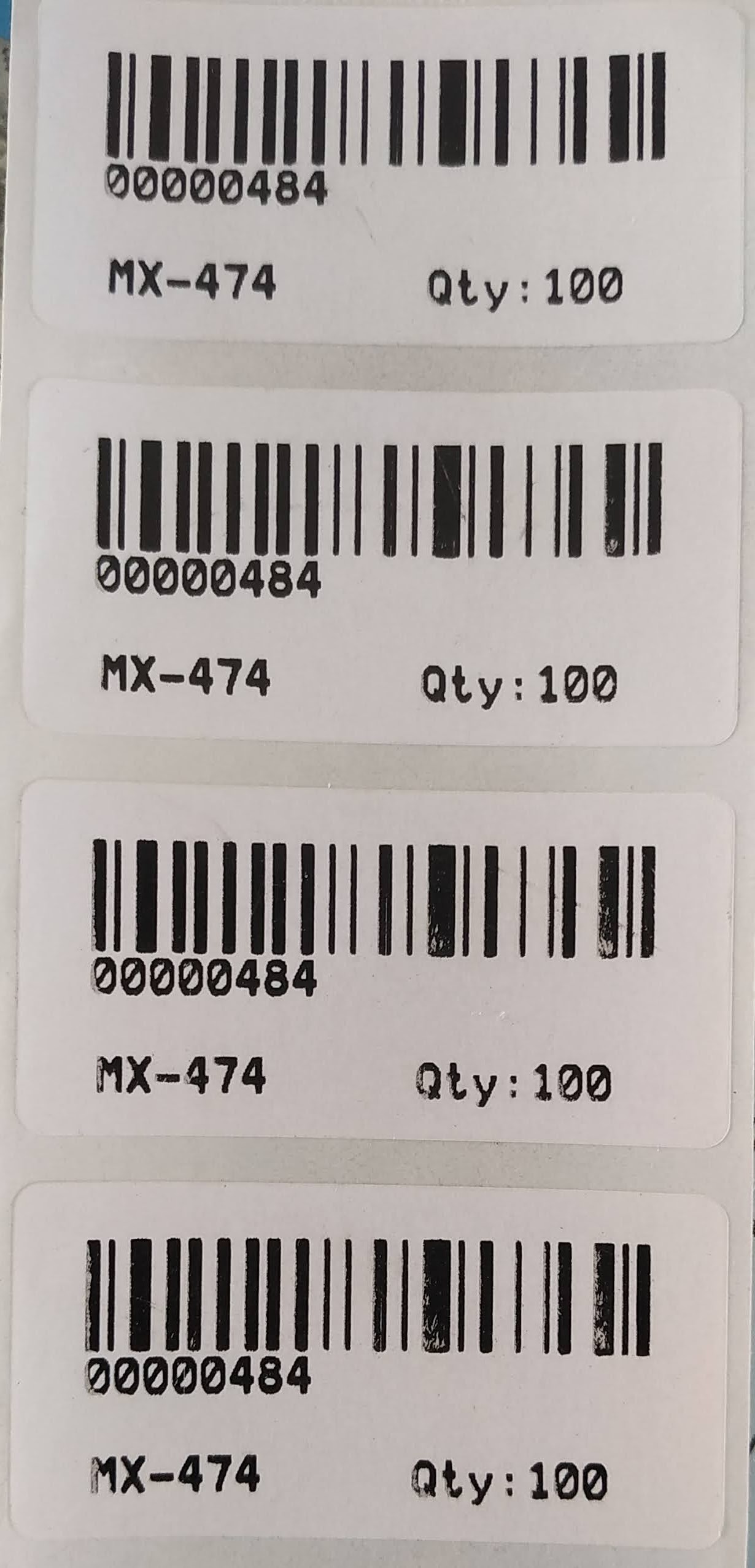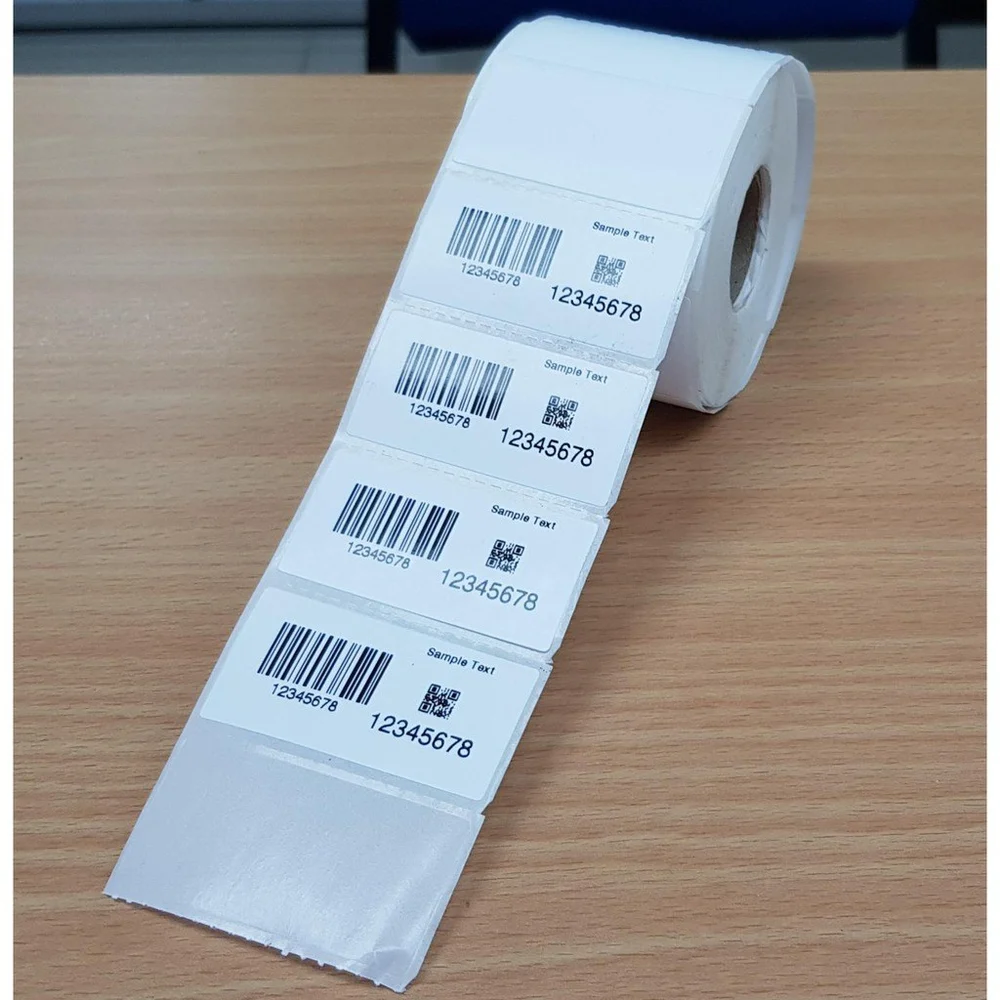Discover the benefits and implementation of barcode price stickers in the USA and India, from inventory management to technological advancements and future trends.
Key Takeaways
- Barcode Price Stickers enhance inventory management and checkout efficiency.
- Implementation strategies vary between the United States and India.
- Technological advancements in barcode systems are revolutionizing retail.
- Compliance with regulatory standards is crucial in both countries.
- Cost analysis shows a significant return on investment for retailers.
Introduction
The rise of barcode price stickers has transformed the retail landscape in both the United States and India. As we navigate through an era where efficiency and accuracy are paramount, understanding the nuances of this technology becomes essential. Barcode price stickers play a crucial role in inventory management, pricing accuracy, and checkout efficiency. This article delves into the historical evolution, benefits, and future trends of barcode price stickers, while also comparing their implementation and impact in the United States and India.
Historical Evolution of Barcode Technology
The Birth of Barcode Technology
Barcodes were first conceptualized in the 1940s by Norman Joseph Woodland and Bernard Silver. However, it wasn’t until the 1970s that barcode technology became commercially viable with the introduction of the Universal Product Code (UPC).
Key Milestones:
- 1949: Norman Woodland and Bernard Silver received a patent for their barcode concept.
- 1974: The first UPC scanner was installed at a Marsh’s supermarket in Ohio, USA.
- 1980s: Widespread adoption of barcodes in retail for inventory management.
Evolution in India
India embraced barcode technology in the late 1980s. The adoption was gradual, initially driven by multinational companies and large retail chains. The formation of the GS1 India organization in 1996 marked a significant milestone, promoting standardized barcode practices across the country.
How Barcode Price Stickers Work
Barcode price stickers consist of a machine-readable code that contains information about the product, such as price, manufacturer, and item code. These barcodes are scanned at the point of sale (POS) to retrieve product information, ensuring swift and accurate transactions.
Types of Barcodes
- UPC (Universal Product Code)
- EAN (European Article Number)
- QR (Quick Response) Codes
- Data Matrix Codes

Table: Comparison of Different Barcode Types
| Barcode Type | Usage | Data Capacity | Geographic Prevalence |
|---|---|---|---|
| UPC | Retail products | 12 digits | USA, Canada |
| EAN | Retail products | 13 digits | Worldwide |
| QR Codes | Marketing, Payments | Up to 7,089 chars | Global |
| Data Matrix | Small items, Electronics | High density | Global |
Benefits of Barcode Price Stickers
Inventory Management
Barcodes streamline inventory management by providing real-time data on stock levels. This helps in reducing overstock and stockouts.
Pricing Accuracy
Automated price scanning minimizes human errors, ensuring customers are charged accurately.
Checkout Efficiency
Barcode price stickers speed up the checkout process, reducing wait times and enhancing customer satisfaction.
Cost-Effective
Implementing barcode systems can be cost-effective in the long run due to reduced labor costs and improved efficiency.
Quote: “The implementation of barcode price stickers has revolutionized our inventory management, cutting down errors by over 50%.” – John Doe, Retail Manager
Comparative Analysis: USA vs. India
Adoption Rates and Implementation Strategies
In the United States, barcode technology adoption is nearly ubiquitous in retail. In contrast, India’s adoption, though growing rapidly, still faces challenges such as technological infrastructure and varying levels of standardization.
Table: Barcode Implementation in USA vs. India
| Aspect | USA | India |
|---|---|---|
| Adoption Rate | Nearly 100% | Approximately 70% |
| Infrastructure | Advanced | Developing |
| Standardization | High (GS1 standards) | Improving (GS1 India) |
| Challenges | High initial cost | Technological disparities |
| Government Initiatives | Consistent support | Growing support |
Technological Innovations
The United States leads in technological innovations related to barcode systems, such as RFID (Radio Frequency Identification) and NFC (Near Field Communication), which offer enhanced data capabilities. India’s innovation efforts are growing, focusing on mobile-based solutions and integrating barcodes with digital payment systems.
Regulatory Standards and Compliance
United States
The United States follows strict guidelines set by organizations like GS1 US to ensure barcode standardization. Compliance with these standards is mandatory for retailers and manufacturers.
India
In India, GS1 India plays a pivotal role in promoting barcode standards. Compliance is encouraged to enhance global trade capabilities and streamline domestic retail processes.
Table: Regulatory Bodies and Standards
| Country | Regulatory Body | Key Standards |
|---|---|---|
| USA | GS1 US | UPC, EAN |
| India | GS1 India | EAN, GS1 standards |
Cost and ROI Analysis
Initial Investment
Implementing a barcode system involves costs related to hardware (scanners, printers), software (inventory management systems), and training.
Return on Investment (ROI)
The ROI from barcode implementation can be significant. Benefits include reduced labor costs, decreased errors, and improved customer satisfaction. On average, businesses see a return within 6 to 18 months.
Table: Cost-Benefit Analysis
| Cost Component | USA | India |
|---|---|---|
| Hardware | $1,000 – $5,000 | ₹50,000 – ₹200,000 |
| Software | $2,000 – $10,000 | ₹100,000 – ₹500,000 |
| Training | $500 – $2,000 | ₹25,000 – ₹100,000 |
| Average ROI Period | 6-12 months | 12-18 months |
Implementation Challenges and Solutions
Challenges
- High Initial Costs: Significant investment in hardware and software.
- Technological Barriers: Limited infrastructure in some regions.
- Staff Training: Ensuring all employees are adept at using barcode systems.
Solutions
- Phased Implementation: Gradually introducing barcode systems to manage costs.
- Government Support: Leveraging governmental initiatives for technological upgrades.
- Comprehensive Training Programs: Investing in staff training for smooth transitions.
Quote: “Overcoming initial challenges in barcode implementation has been crucial for our operational success.” – Jane Smith, Retail Operations Director
Future Trends
Integration with AI and IoT
The future of barcode technology lies in its integration with Artificial Intelligence (AI) and the Internet of Things (IoT). These advancements will enable more sophisticated data analytics and inventory management systems.

Mobile-Based Solutions
In India, mobile-based barcode solutions are gaining traction, facilitating easier access and implementation in rural and semi-urban areas.
Enhanced Security Features
Future barcode systems will incorporate advanced security features to prevent counterfeiting and ensure product authenticity.
Case Studies
Case Study 1: Walmart USA
Walmart’s adoption of barcode price stickers has streamlined its supply chain operations, reducing errors and enhancing customer satisfaction.
Case Study 2: Reliance Retail India
Reliance Retail’s integration of barcode systems has significantly improved inventory management, leading to increased efficiency and profitability.

Conclusion
Barcode price stickers are an indispensable tool in modern retail, offering myriad benefits from inventory management to pricing accuracy. While the United States and India showcase different adoption rates and implementation strategies, both countries stand to gain immensely from this technology. As we look to the future, integrating AI, IoT, and mobile-based solutions promises to take barcode technology to new heights. By understanding and leveraging these advancements, retailers can remain competitive in an ever-evolving market.
By focusing on the detailed analysis and comparative study of barcode price stickers in the United States and India, this article provides a comprehensive overview that is both informative and actionable. Whether you’re a retailer looking to implement barcode technology or a tech enthusiast exploring its impacts, this guide offers valuable insights to navigate the complexities of modern retail.
